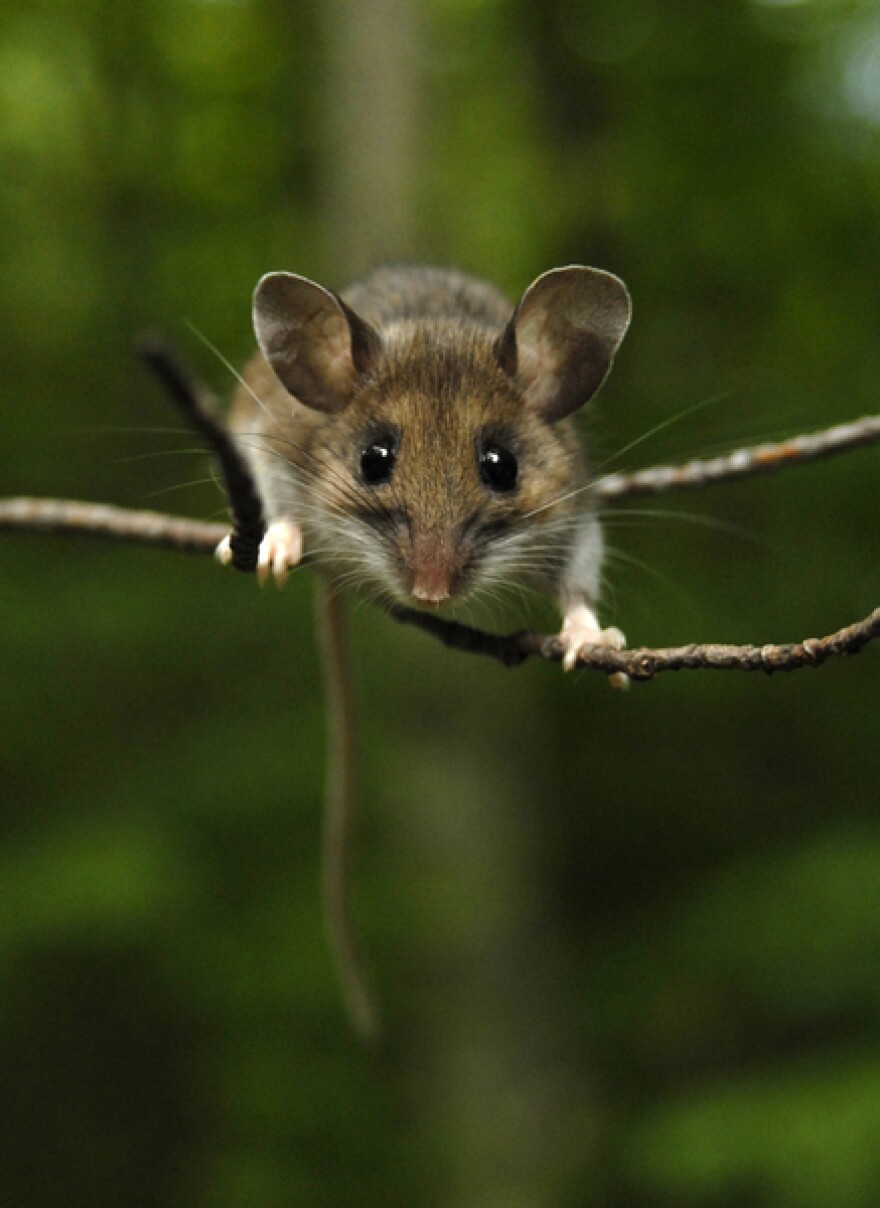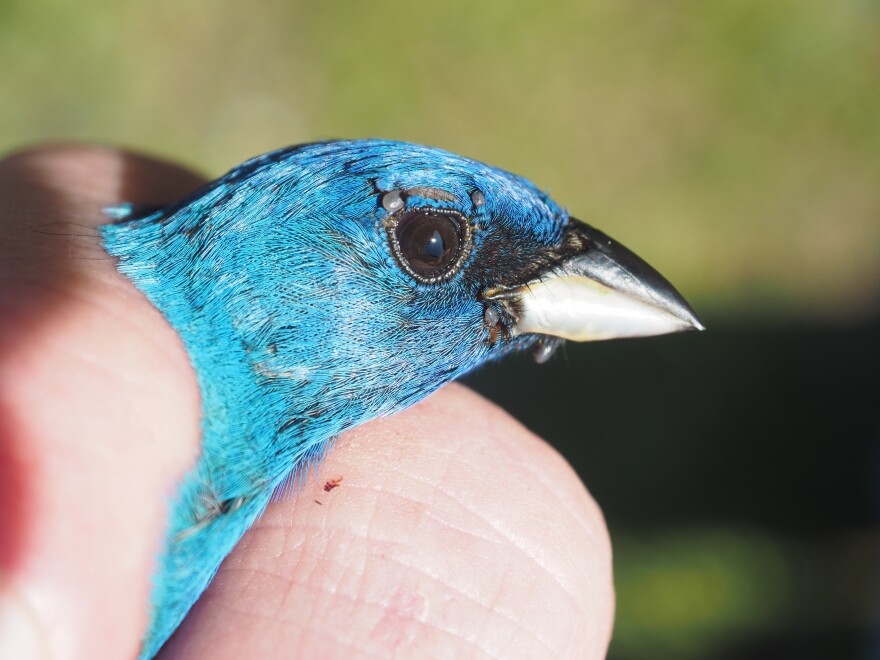Early in his career, Phil Myers was teaching an ecology course at a research station just south of the Mackinac Bridge, near Pellston.
Before the semester started, he set up mouse traps to see what animals were around for his students to work with. When he checked the traps though, he had a problem.
“What I was catching was not what was supposed to be there,” Myers recalls.
In the traps were the wrong kinds of mice and chipmunks — species that should have been living further south, according to all the records he could find.
“That kind of woke us up,” Myers says. “I realized it’s a bunch of southern species coming in, becoming really common, and a bunch of northern things disappearing.”
Myers has since retired, but for decades he was a professor and curator at the Museum of Zoology at the University of Michigan. He first noticed this trend in small mammals back in the 1980s, and it’s only continued.
Southern flying squirrels are displacing northern flying squirrels across much of the upper Midwest. Eastern chipmunks and opossums are showing up in greater numbers where they once never lived. Critters that were common in the northern woods, like red-backed voles and woodland jumping mice, are disappearing from their southern ranges.
The most obvious change though has been with mice. And as a southern species has spread, ticks that carry Lyme disease have followed.
The arrival of a southern species, called white-footed mice, is relatively recent. It used to be that if you lived in northern Michigan or the Upper Peninsula, most of the mice in your neck of the woods were a northern species called deer mice.

That was no longer the case when Myers started catching mice. Instead of deer mice, his traps were filled with white-footed mice.
Eventually he set up a study to track the two populations at the research station. “I got about two years in, and deer mice disappeared completely,” he says.
Then, he started looking for mice in areas of the U.P. where no one had recorded white-footed mice before. But Myers found them.
“We actually watched white-footed mice march across Seney, and now they’re pretty much all the way across [the U.P.],” he says.
It takes a trained eye to tell the difference between deer mice and white-footed mice. They look and act pretty similarly. But there is one difference that could explain why there’s more ticks, and Lyme disease, with the southern species.
Deer mice are conservative about when they breed. In the spring, they wait until they think all the snow and freezing weather has passed. It’s a strategy that’s suited to colder climates, where a late spring frost could kill a litter of mice.
“Their genes tell them: Better be a little cautious because it may be warm today, but it's going to be cold tomorrow,” Myers says.
The white-footed mice are risk takers by comparison. Once it gets warm enough, they start having babies right away.
This strategy seems to be giving white-footed mice an advantage. As the climate warms across the Great Lakes region, the end of winter — when ice breaks up — is arriving a month earlier than it did just a couple decades ago.
“That's a lot,” Myers says. “That means if mice are primed to do it, they can get another set of litters in and make their populations grow faster.”
The research is still emerging, but in certain years there might be more white-footed mice around. And that would be good news for blacklegged ticks.
When tick larvae hatch, they need to find a meal. And they’re just looking for one thing — blood.
“They don’t feed on anything else. So if they don’t find a host, they just die,” says Jean Tsao, a professor and lyme disease expert at Michigan State University. “That hourglass of energy is just drip, drip, drip going away, so they need to find a host within that time frame.”

Blacklegged tick larvae can't crawl or fly, so they wait around and hope some creature they can bite will walk by.
Often, that’s a mouse. “White-footed mice are like the potato chips of the forest,” Tsao says. “There’s so many of them.”
In years with more mice, there are more hosts running around to feed the ticks, Tsao explains.
Those ticks have a better shot at surviving to become adults. That’s when they can latch onto people and pass on Lyme disease. The infection comes from a bacteria on the tick that causes fever and fatigue, and can result in serious long-term complications.
Blacklegged ticks have crept up the coast of Lake Michigan, where they thrive in forests with sandy soil covered in leaf litter. They’re showing up on birds in northern Michigan in greater numbers in recent years, and causing more cases of Lyme disease in people.
“They’re all the way over to the Lake Huron side in some places,” Tsao says.
A few counties in Michigan are still free of blacklegged ticks. But Tsao doesn’t think it will remain that way for long. “I bet they will be there — there’s habitat,” she says.



